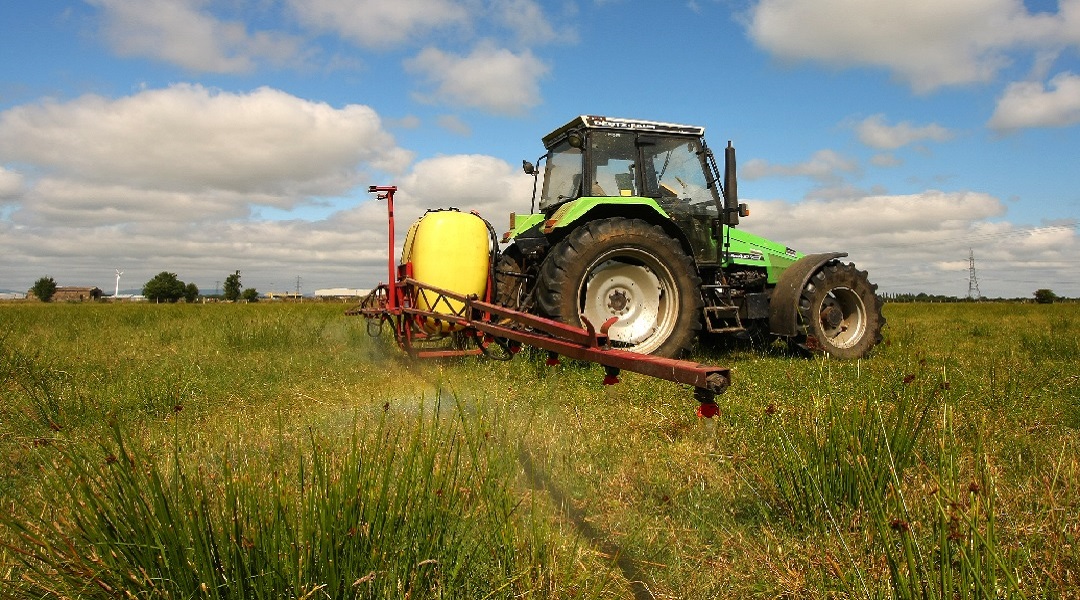The herbicide 2-methyl-4-chlorophenoxyacetic acid (MCPA) and its breakdown products have the potential to negatively impact human health, largely through drinking water. Across Ireland, most drinking water is abstracted from rivers and lakes, and high MCPA concentrations have been detected in many of these sources, often exceeding the EU drinking water limit of 0.1 µg/L and even the WHO’s recommended limit of 2 µg/L. This consequently leads to expensive treatment processes to remove MCPA to ensure safe, clean drinking water.
MCPA is used to selectively control a variety of weeds in arable fields and on grassland. Across Ireland, MCPA is primarily used to reduce the growth of rushes (Juncus species) to improve sward growth in upland and marginal agricultural land. However, despite the worrying trends observed in Irish surface waters, and in water bodies elsewhere across the globe, little is known about many aspects of this particular herbicide.
A recent review of MCPA, including its history and trends, soil–water and hydrological dynamics, eco- and human toxicology, legislation, and pollution mitigation, places the Irish’s experience with this herbicide in an international context by identifying key areas where further research is urgently required.
Recommendations for MCPA research action follow a land-to-water continuum. Reducing source pressures calls for more before-after-control-impact experimentation on alternative rush control techniques and, more fundamentally, also questions policy action to consider other ecosystems services in upland and marginal areas. A better understanding of soil mobilization dynamics is needed, especially on organic soils and particularly when soil–water partitioning can be affected by other agricultural amendments such as nutrient and lime applications.
Little is known about the hydrological pathways that MCPA takes from land to water and there is evidence that breakdown might be hindered in anaerobic conditions, which could lead to legacies in below-ground pathways. Despite known seasonal uses of MCPA and high mobility following rainfall, there is a lack of high-resolution data on delivery in river networks—these data can be used to increase knowledge on risk assessments and also help to gauge levels of environmental persistence.
Finally, the long-term impact of MCPA on aquatic organisms is unknown. This is because most eco-toxicological studies are short, based on single organisms, and do not consider the interactions with other pollutants in surface waters including nutrients, pharmaceuticals, and other pesticides. The impact of the interaction between these other pollutants and MCPA on aquatic organisms, and the long-term effects of this on human health, has yet to be explored.

















